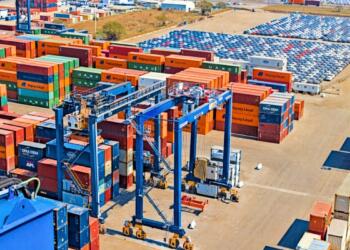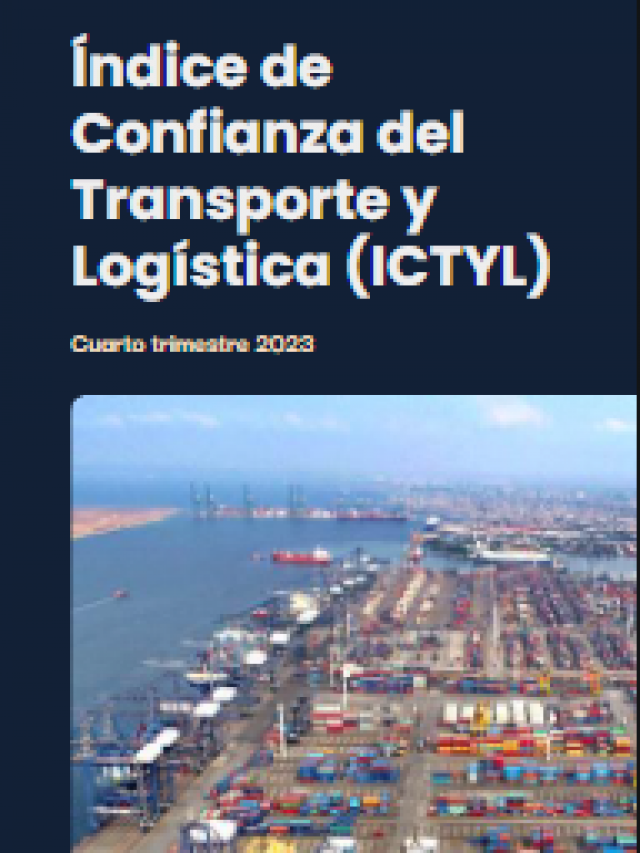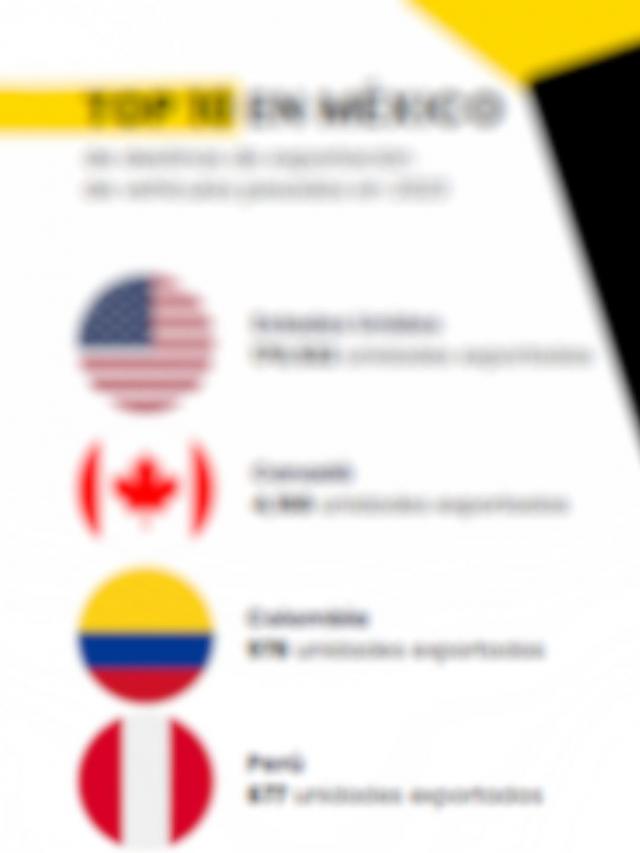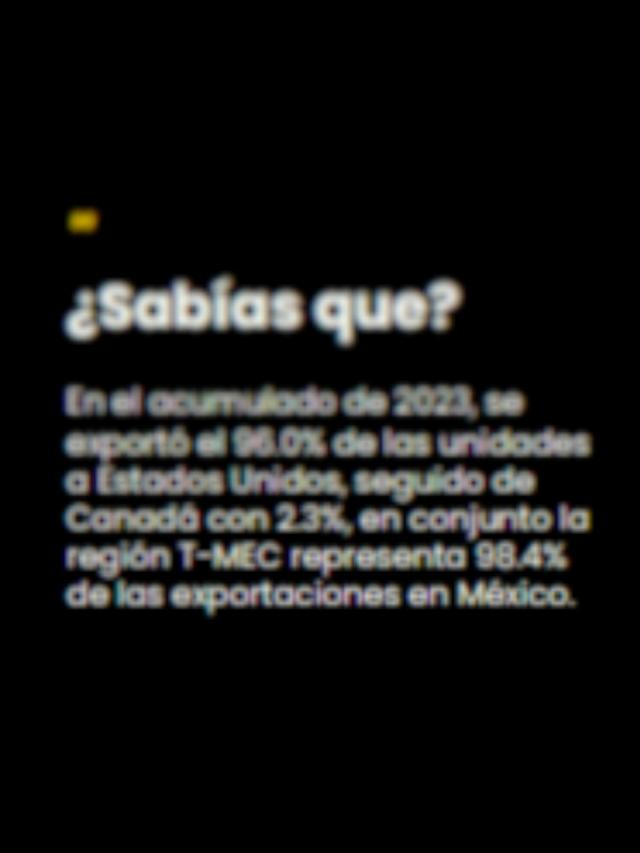
Trade between Mexico and the United States faces a growing series of challenges, including unexpected tariff changes, more rigorous border crossing inspections, and insufficient infrastructure to meet demand.
Faced with this situation, manufacturers, retailers , and logistics operators are adjusting their strategies to maintain competitiveness. During the panel ” Cross-Border Conversations: Adapting to a Global Supply Chain ,” organized by Redwood , representatives from different sectors shared the lessons they are applying to keep their supply chains afloat.
For example, Joe McAbee, Vice President of Transportation at Daikin , described his company’s strategy in Monterrey, where they manufacture air conditioning systems, so to avoid being completely dependent on border crossings, they have opted for regionalized manufacturing , using components from local sources and from Asia.
However, the tightening of tariff policies has led them to consider certification under the United States-Mexico-Canada Agreement (USMCA) as a preventative measure to protect their operations.
He shared that his company has also grown strategically in Mexico, where they already have six factories and a seventh on the way.
McAbee cautioned, however, that in the face of threats such as new tariffs , responses must be cautious.
“You can’t compromise a long-term strategy by reacting to changes that might be temporary,” he said.
In the retail sector , the pressure is different. For HEB , which imports perishable products from Mexico, every hour of delay at the border crossing can impact the freshness of the food.
Claudia Montemayor, the company’s international trade manager, noted that recent changes to Mexico’s militarized customs personnel have created delays and uncertainty .
HEB’s response has been to strengthen internal communication with biweekly meetings between the international trade teams in Mexico and the United States. The company seeks to anticipate problems and minimize the impact on prices and customer service.
For his part, Yuri García, Logistics Manager at Nidec , explained how his company has built an internal commercial compliance structure capable of reacting quickly to regulatory changes.
With nearly 800 import and export transactions per month , the company has implemented strategic inventories and immediate communication protocols between logistics, production, and customs agents.
“The important thing is that information flows at all levels,” García said.
This has allowed them to design action plans that minimize risks and ensure business continuity , even in the face of political and commercial volatility.
The pandemic experience also changed the rules for inventory management .
For companies like HEB, the strategy has been slightly different: maintaining critical safety inventories without becoming overloaded, all while keeping customer service as a central priority.
In this regard, the leaders agreed that today, more than ever, companies must be resilient , not only in the face of logistical or regulatory factors, but also in the face of market pressure and customer expectations.
In an environment where tariff changes can occur overnight and where crossing times become unpredictable, companies that manage to remain agile, informed, and collaborative will have a decisive advantage.
Comment and follow us on X: @jenna_GH_/ @GrupoT21















